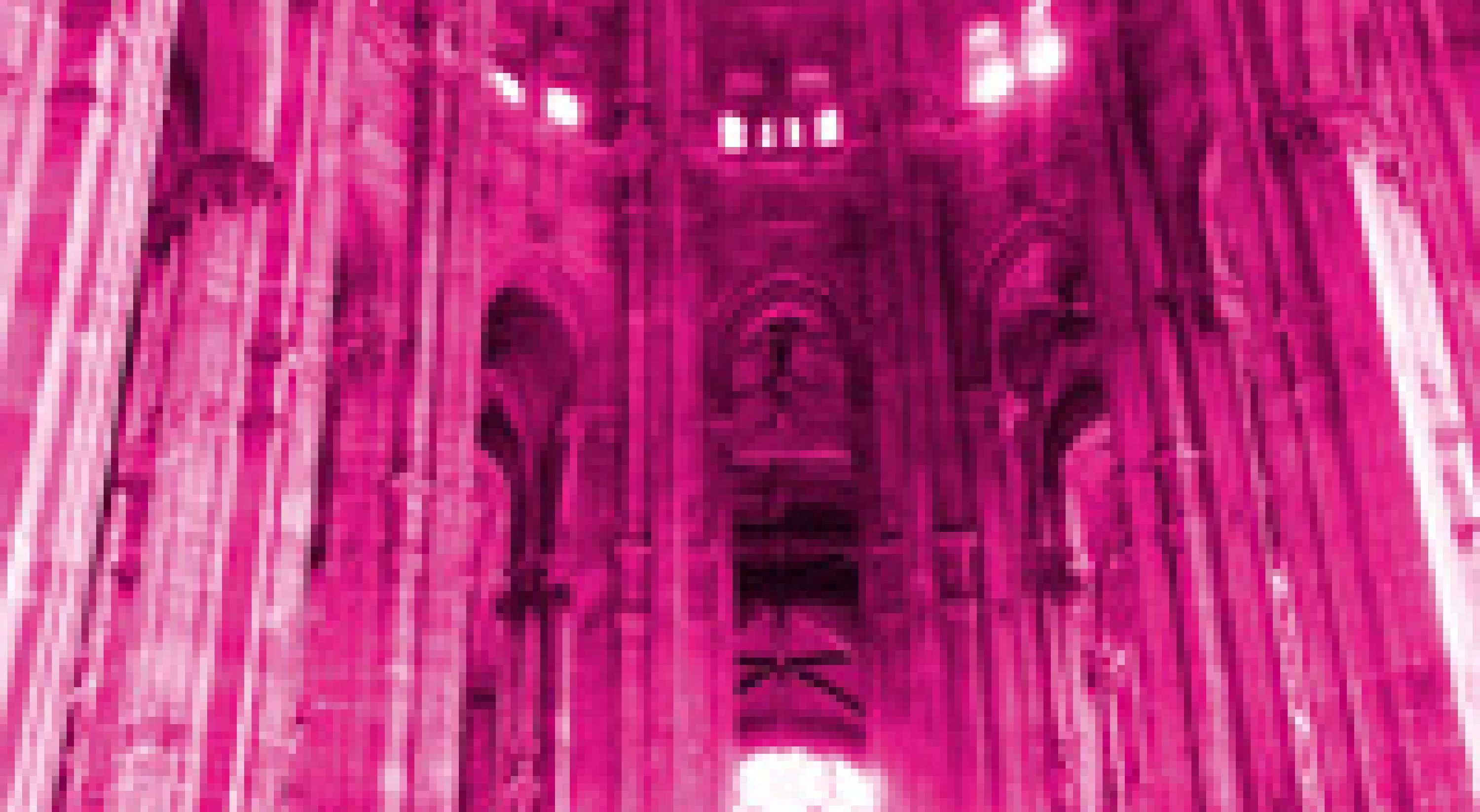La Monte Young
The Second Dream of the High-Tension Line Stepdown Transformer
octoberoct 14
The Second Dream of the High Tension Line Stepdown Transformer
The Theatre of Eternal Music Brass Ensemble
Marco Blaauw, Stephen Burns, Christine Chapman, Matthew Conley, Bob Koertshuis, Ben Neill, Nathan Plante, Markus Schwind, trumpet
Marco Blaauw and Ben Neill, musical direction
Supported by agnès b.
Born in 1935 in a small town in Idaho, La Monte Young started music as a jazz saxophonist and went on to study counterpoint and composition under Leonard Stein in Los Angeles. Influenced by traditional Indian music and his childhood sound-scape (wind in the plain-grass, crickets and cicada, electric transformers, etc.), his research eventually took him into the world of long, sustained sounds. This is particularly clear in his pivotal work Trio for Strings (1958), which went on to greatly influence Terry Riley. The 1960’s saw Young form the group Theatre of Eternal Music where he experimented with sustained music, improvising according to pre-established rules, as if nearing the ideal of eternal music. Young’s soon found a colour to give his musical ‘dream’: magenta, taken from his wife Marian Zazeela’s light installation Dream Light. This colour very quickly seeped across all of Young’s music.
In 1962, La Monte Young composed The Four Dreams of China cycle, imagining different derivations of a single chord. In 1984, he penned a more “melodic” version of the last cycle – The Second Dream of the High Tension Line Stepdown Transformer for instruments that can be tuned according to multiples of four. “Melodic version” must be understood here as meaning a slight tightening of the rules governing the improvisation. Each musician – 8 trumpeters for this concert – is free to play any upper register notes as long as the rules concerning pre-set strings of notes are respected. The outcome is an immersive and invigorating experience that pulls the audience in to the subtleties of sound

